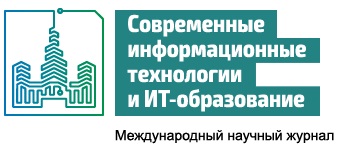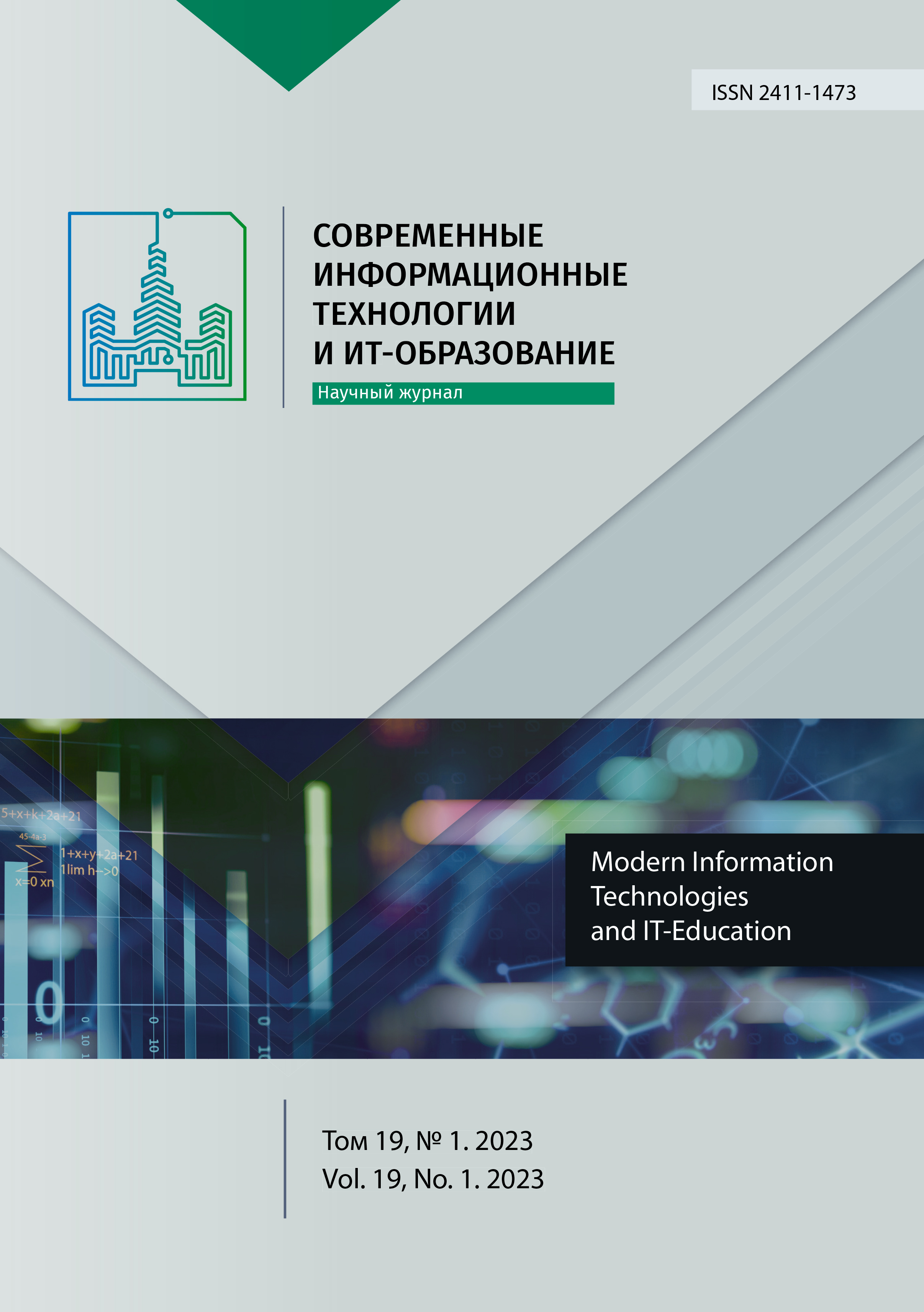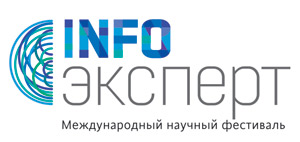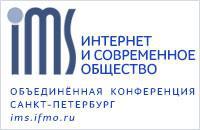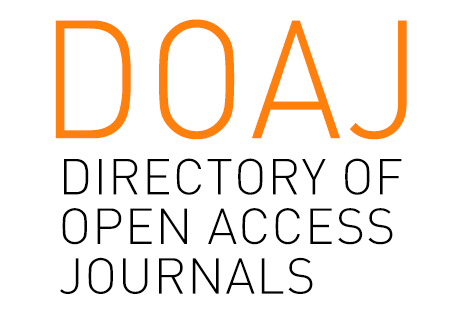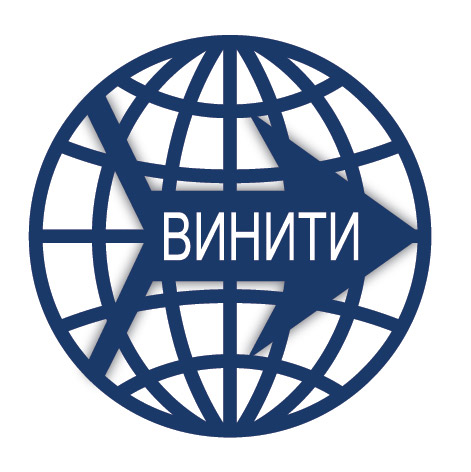Представление информации в арифметико-логическом преобразователе оптического процессора
Аннотация
В статье рассмотрены вопросы решения задачи из области специальных вычислительных комплексов и касаются представления информации в Арифметико-Логических Преобразователях, построенных на принципах обработки цвето-световых сигналов. Анализ построения вычислительных систем, применяемых на практике, в т.ч. в ОПК, показывает, что как правило основными видами обрабатываемой информации являются: числа (основа – цифры), тексты (основа – буквы), звуки (основа – кодеки), цветовые и видеоизображения (основа – световая гамма цветов). При этом можно выделить две основных характерных черты большинства перечисленных видов информации: они в природе в чистом виде не существуют; их обработка в конечном счете ведется, как правило, в цифровом виде (рассматриваем только системы цифровой обработки сигналов). Для повышения точности обработки всех видов информации в работе отказались от системы описания цвета – RGB, характеризующейся неоднозначностью системы координат RGB и аппаратной зависимостью; неясным представлением о цвете на основе соотношения этих сигналов, так как воздействие на один из них приводит к изменению цвета, которое трудно предсказать и корректно обработать. Поэтому предложено перейти к отображению информации в колометрической системе координат с фиксированными длинами волн основных цветовых сигналов. Это позволит упростить и ускорить обработку цветных изображений представляющих в закодированном виде цифро-буквенную, звуковую и видео информацию и обеспечит стабильность работы оптических узлов оптического или гибридного процессора, в том числе при воздействии внешних дестабилизирующих факторов.
Литература
2. Melnikov A.K. Research of methods of reconfigurable computer systems improvement for implementation of computationally laborious tasks. Vestnik komp'iuternykh i informatsionnykh tekhnologii = Herald of computer and information technologies. 2016;(2):52-60. (In Russ., abstract in Eng.) https://doi.org/10.14489/vkit.2016.02.pp.052-059
3. Levin I.I. The generation of high performance reconfigurable computer systems. Tomsk State University Journal of Control and Computer Science. 2008;(2):77-93. (In Russ., abstract in Eng.) EDN: KGCWZT
4. Malashenko Y.E., Nazarova I.A. Control model of the phased upgrade of a heterogeneous computing system. Journal of Computer and Systems Sciences International. 2016;55(6):924-937. https://doi.org/10.1134/S1064230716050117
5. Leokhin Yu.L., Dvoretskiy I.N. Energy-efficient heterogeneous multiprocessor hardware and software complex. Journal of Instrument Engineering. 2017;60(5):440-446. (In Russ., abstract in Eng.) https://doi.org/10.17586/0021-3454-2017-60-5-440-446
6. Ksenofontov A.S., Sytsevich N.F., Kuliyev R.S., Sytsevich S.N. Increase of vitality of the majority-reserved systems of management. News of the Kabardino-Balkarian Scientific Center of the RAS. 2015;(6-2):100-104. (In Russ., abstract in Eng.) EDN: VBSIBF
7. Sytsevich N.F., Kuliev R.S., Krakhmalev D.V., Zhaboev Zh.Zh. Majorization of USART signals in majority-reserved systems. Modern high technologies. 2018;(12-2):366-370. (In Russ., abstract in Eng.) EDN: YVMDJB
8. Sytsevich N.F., Kuliyev R.S., Moskalenko L.A., Molov M.Z. Synchronization of work of majority elements of the reserved complete sets of systems managements. Modern high technologies. 2016;(8-2):261-264. (In Russ., abstract in Eng.) EDN: WHKSXT
9. Sytsevich N.F., Kuliyev R.S., Krakhmalev D.V., Zhaboev Zh.Zh. Mazhority signals with an acceptable level mismatch in majority-redundant system. Modern high technologies. 2017;(5):73-77. (In Russ., abstract in Eng.) EDN: YRYDQZ
10. Krakhmalev D.V., Sytsevich N.F., Titov V.A. The increase of survivability in supercomputing structures based on redundant interfaces. Bulletin of the Institute of World Civilizations. 2018;9(2):121-127. (In Russ., abstract in Eng.) EDN: UTPDQG
11. Datta A.K., Munshi S. Signed-negabinary-arithmetic-based optical computing by use of a single liquid-crystal-display panel. Applied Optics. 2002;41(8):1556-1564. https://doi.org/10.1364/AO.41.001556
12. Wong W.M., Blow K.J. Design and analysis of an all-optical processor for modular arithmetic. Optics Communications. 2006;265(2):425-433. https://doi.org/10.1016/j.optcom.2006.03.044
13. Nakarmi B., Rakib-Uddin M., Won Y.H. Realization of All-Optical Digital Comparator Using Single Mode Fabry Pérot Laser Diodes. Journal of Lightwave Technology. 2011;29(19):3015-3021. https://doi.org/10.1109/JLT.2011.2165833
14. Kuzhakov P.V. Issledovanie tehnologii sozdanija modul'no-narashhivaemyh mnogoprocessornyh vychislitel'nyh sistem s programmiruemoj arhitekturoj na osnove rekonfiguriruemoj jelementnoj bazy [Study of the technology for creating modularly scalable multiprocessor computing systems with a programmable architecture based on a reconfigurable element base]. Scientific and Technical Journal of Information Technologies, Mechanics and Optics. 2006;(25):13-20. (In Russ.) EDN: JURWJH
15. Kalyaev I.A., Dordopulo A.I., Levin I.I., Gudkov V.A., Gulenok A.A. Programming technology for hybrid computer systems. Computational Technologies. 2016;21(3):33-44. (In Russ., abstract in Eng.) EDN: WHTGZP
16. Shalagin S.V. Realization of computer engineering devices on multiprocessor systems with programmable architecture. Vestnik of Mari State Technical University. Series Radio Engineering and Infocommunication Systems. 2011;(1):38-46. (In Russ., abstract in Eng.) EDN: NULMCL
17. Zelenskiy A.A., Khar'kov M.A., Ivanovskiy S.P., Abdullin T.Kh. High-performance numerical control system based on programmable logic devices. Bulletin of the Voronezh State Technical University. 2018;14(5):8-12. (In Russ., abstract in Eng.) EDN: YLHJIT
18. Levin I.I., Ponomarev I.M., Shakhov R.V., Shmatok A.V. Mnogoprocessornye rabochie stancii s programmiruemoj arhitekturoj jeffektivnyj instrument reshenija slozhnyh nauchno-tehnicheskih zadach [Multiprocessor workstations with programmable architecture an effective tool for solving complex scientific and technical problems]. Izvestia TRTU. 2002;2(25):180-183. EDN: KRSFDV
19. Shibaev S.S., Novikov V.M., Rozdobud'ko V.V. he theory of acoustooptic spectrum analyzer with aperture synthesis. Physics of Wave Processes and Radio Systems. 2010;13(1):55-60. (In Russ., abstract in Eng.) EDN: MNHDYZ
20. Chernomorets A.A., Bolgova E.V., Zalivin A.N., Oleynik I.I. A optical signals combined processing in the object detection task. Belgorod State University Scientific Bulletin. Economics. Information technologies. 2019;46(4):764-773. (In Russ., abstract in Eng.) https://doi.org/10.18413/2411-3808-2019-46-4-764-773
21. Zhilyakov E.G., Konstantinov I.S., Chernomorets A.A. Decomposition of images into additive components. International Journal of Imaging and Robotics. 2016;16(1):1-8. Available at: http://www.ceser.in/ceserp/index.php/iji/article/view/4020 (accessed 09.01.2023).
22. Bernardin K., Stiefelhagen R. Evaluating Multiple Object Tracking Performance: The CLEAR MOT Metrics. EURASIP Journal on Image and Video Processing. 2008. Article number: 246309. https://doi.org/10.1155/2008/246309
23. Dufour J.-Y. Intelligent Video Surveillance Systems. In: Dufour J.-Y., ed. John Wiley & Sons, Inc.; 2012. 352 p. https://doi.org/10.1002/9781118577851
24. Gonza´lez-Marcos A.P., Martı´n-Pereda J.A. Method to analyze the influence of hysteresis in optical arithmetic units. Optical Engineering. 2001;40(11):2371-2385. https://doi.org/10.1117/1.1413747
25. Li S., Wang Z., Wang S., An D. Theoretical Basis and Implementation Mechanism of the Programming Platform for Ternary Optical Computer. IEEE Access. 2022;10:5585-5594. https://doi.org/10.1109/ACCESS.2022.3142329

Это произведение доступно по лицензии Creative Commons «Attribution» («Атрибуция») 4.0 Всемирная.
Редакционная политика журнала основывается на традиционных этических принципах российской научной периодики и строится с учетом этических норм работы редакторов и издателей, закрепленных в Кодексе поведения и руководящих принципах наилучшей практики для редактора журнала (Code of Conduct and Best Practice Guidelines for Journal Editors) и Кодексе поведения для издателя журнала (Code of Conduct for Journal Publishers), разработанных Комитетом по публикационной этике - Committee on Publication Ethics (COPE). В процессе издательской деятельности редколлегия журнала руководствуется международными правилами охраны авторского права, нормами действующего законодательства РФ, международными издательскими стандартами и обязательной ссылке на первоисточник.
Журнал позволяет авторам сохранять авторское право без ограничений. Журнал позволяет авторам сохранить права на публикацию без ограничений.
Издательская политика в области авторского права и архивирования определяются «зеленым цветом» в базе данных SHERPA/RoMEO.
Все статьи распространяются на условиях лицензии Creative Commons «Attribution» («Атрибуция») 4.0 Всемирная, которая позволяет другим использовать, распространять, дополнять эту работу с обязательной ссылкой на оригинальную работу и публикацию в этом журналe.
